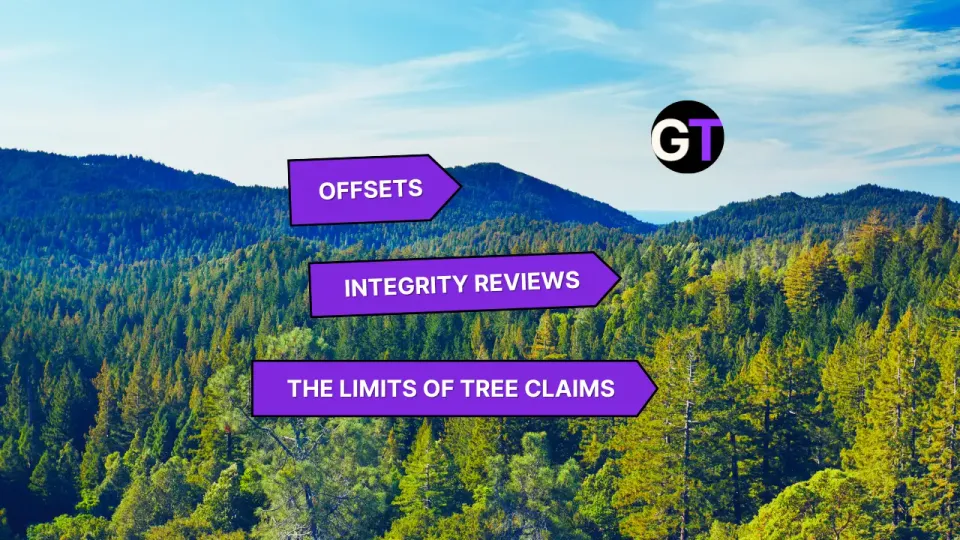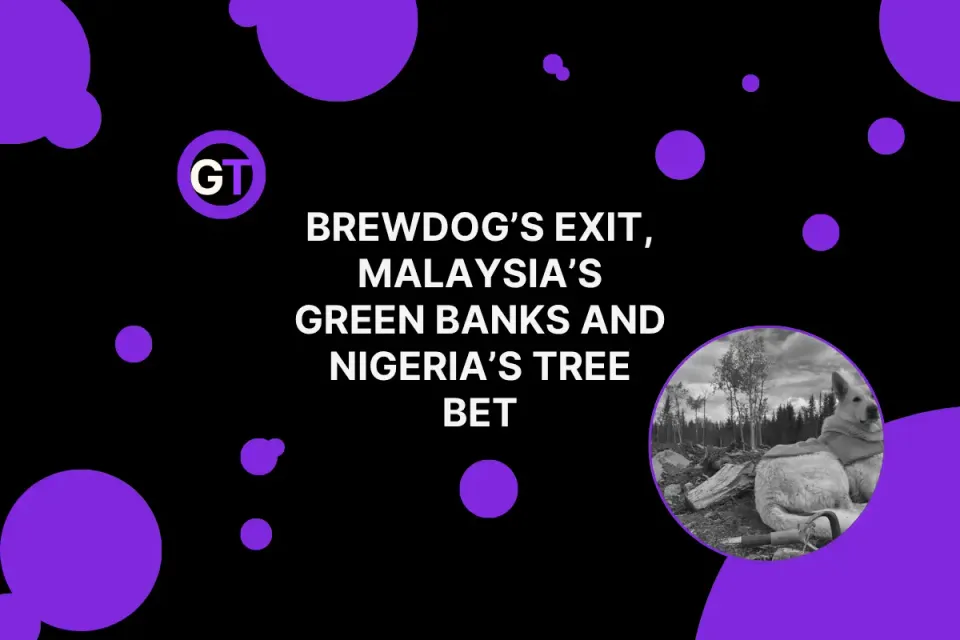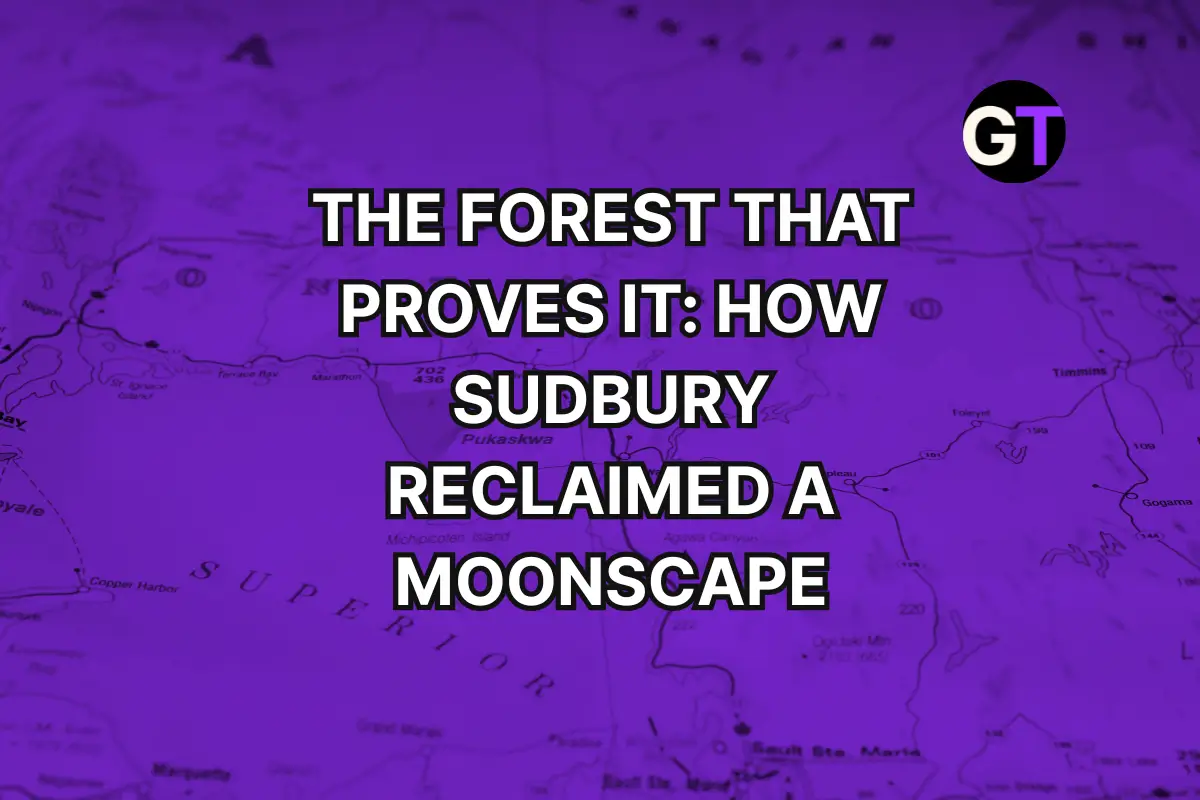Decolonial Dreams, NbS Schemes & Sovereignty Streams
Engineers, ecologists, and Indigenous leaders offer clashing blueprints—and bold fixes—for nature-based solutions done right.
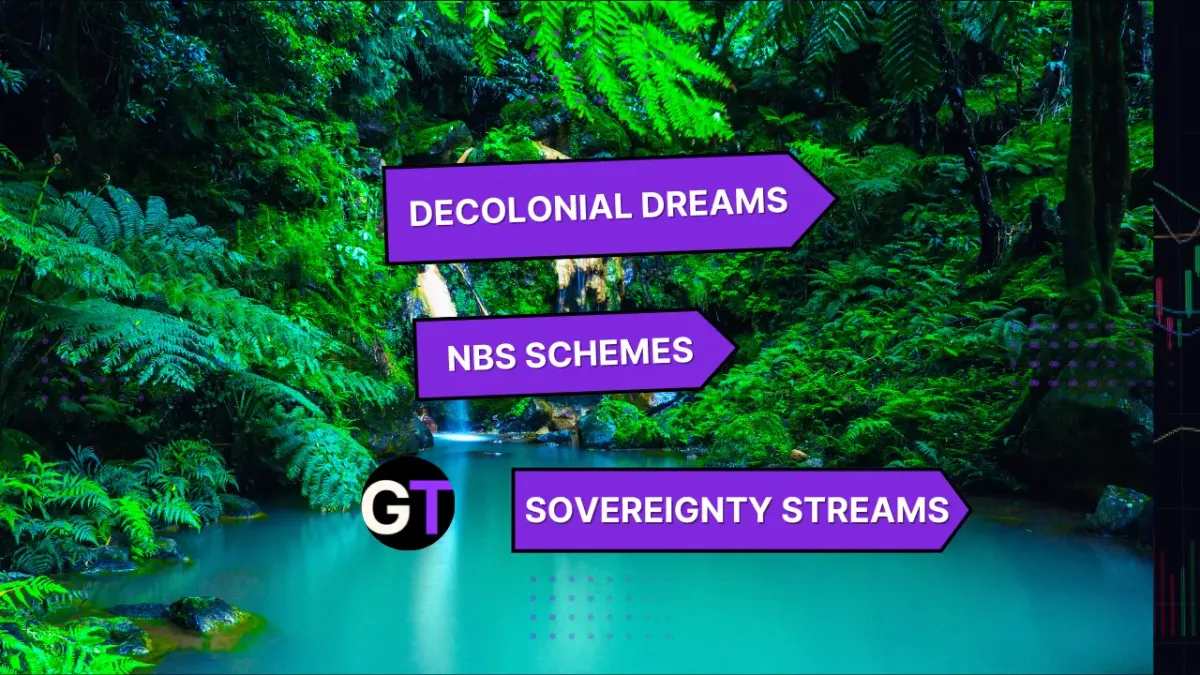
Indigenous Critiques and Recommendations for Reclaiming Nature-Based Solutions
This PNAS Perspectives piece throws some much-needed shade—and wisdom—on the buzz around nature-based solutions (NbS). Melissa K. Nelson and Graeme Reed argue that while Indigenous peoples protect 80% of the world’s biodiversity on just 20% of its land, they’re too often sidelined in NbS planning. The piece critiques NbS as overly conceptual and colonial-lite, lacking the relational, biocultural grounding that Indigenous Knowledge Systems (IKS) and Traditional Ecological Knowledge (TEK) bring to the table. From land-back efforts in California to shellfish stewardship in the Pacific Northwest, the authors push for more than inclusion—they call for self-determined leadership, cultural specificity, and a serious decolonial rethink of how we “do” sustainability.
💬 Can NbS live up to its climate-and-justice hype if it doesn’t root itself in Indigenous worldviews and governance?
👉👉 Read the full article via PNAS Nexus
Vibe Coders in the Wild: Can AI-Amateurs Hack Forest Analytics?
Vibe coders—those AI-assisted, intuition-driven tinkerers—are making waves beyond Silicon Valley, including in, yes, forest analytics. Armed with tools like GitHub Copilot and ChatGPT, even non-programmers are wrangling forest data, prototyping dashboards, or modeling tree growth—all without a comp-sci degree. It’s a modern echo of the “citizen data scientist” movement, where roles outside traditional analytics teams are reshaping how insights emerge. Forestry orgs might still be siloed, but with the right prompt and a curious mind, your next best forest modeler might be in HR.
💬 Could vibe coding turn your organization’s forest data from static spreadsheet to living insight—no PhD required?
👉👉 Read the full column via Arbor Analytics
Elevation, Arborescent Ferns & the Great Wood Density Whiplash
A new Andes-to-Amazon megastudy just gave wood density its main-character moment. By analyzing over 1,200 species and 31,000 stems across a 3,500 m mountain gradient, researchers found a plot twist: wood gets denser again at high elevations—yes, denser than in the Amazon. The culprit? A mid-elevation dip thanks to soft, spongy ferns and increased landslide drama. Species turnover, not individual flexibility, drives most of the shifts, hinting that forest carbon storage is less about where you are and more about who’s growing there.
💬 With forest function hinging on shifts in wood density and life-form lineups, how might this reshape carbon accounting across rugged ecosystems?
👉👉 Read the full study in the Journal of Ecology
Rwanda Fines, UK Pines and the Race to Restore Nature
From £4M UK treescape research to Rwanda’s digital fines, Vietnam’s carbon market pilot, and biofuel thinnings, this roundup tracks where forest finance, policy, and restoration collide—and sometimes, cooperate. Whether it’s turning penalties into trees or building genomic maps for climate-proof planting, the week shows just how messy (and necessary) nature’s economic reinvention can be.
💬 With so much cash and policy flying around, are we restoring ecosystems—or just trading their futures on a different balance sheet?
👉👉 Read the full our weekly column in Ground Truth
Canada’s Peatlands Are Burning—and the Emissions Are Off the Charts
Canada’s wildfires are back with a vengeance, but it’s not just forests fueling the smoke. The country’s peatlands—those spongey, carbon-rich wetlands that cover a quarter of the globe’s total—are now flaring up too. Trouble is, they’ve been a blind spot in official emissions accounting. That’s set to change. Environment and Climate Change Canada is rolling out a new model to track peatland emissions, potentially reshaping how the country tallies its climate ledger. Why does it matter? Because peat fires don’t just burn—they smoulder, linger, and keep releasing carbon for years. With estimates suggesting they could emit more than 270 million tonnes in a bad fire season, the stakes are muddy and massive.
💬 Why did it take this long to start counting some of Canada’s most explosive emissions?
👉👉 Read the full story via CBC News
Indonesia Gets a Forest Tech Upgrade with Open Foris Rollout
After 15 years of empowering forest monitors worldwide, FAO’s open-source platform Open Foris just got a glow-up—specifically for Indonesia. The redesigned suite, unveiled at a high-level event in Bandung, integrates Indonesia’s Simontana forest monitoring system with Open Foris WHISP, helping smallholders and farmers meet market regulations while cutting deforestation risk.
Already used in 91% of UNFCCC forest submissions and backed by Google, NASA, and UK funding, Open Foris isn’t new—but its localized launch in Indonesia marks a significant expansion in global forest data accessibility. More than 250,000 users in 196 countries have relied on the platform, and now Indonesia is plugged into the action.
💬 Will deeper integration of open-source tools like Open Foris finally make deforestation compliance something more than a bureaucratic buzzword?
👉 👉 Explore more via the FAO
Engineers vs. Ecologists: Who’s Steering the Nature-Based Coastal Ship?
A new study finds that while coastal engineers focus on risks and designs, ecologists see nature-based solutions as community-powered opportunities. The result? Coastal protection projects often stall in translation between disciplines. Bridging these divides with shared goals, interdisciplinary teams, and flexible regulations could unlock more resilient, locally grounded climate defenses.
💬 Can coastal protection be both technically sound and ecologically wise?
👉👉 Read the full study on ScienceDirect
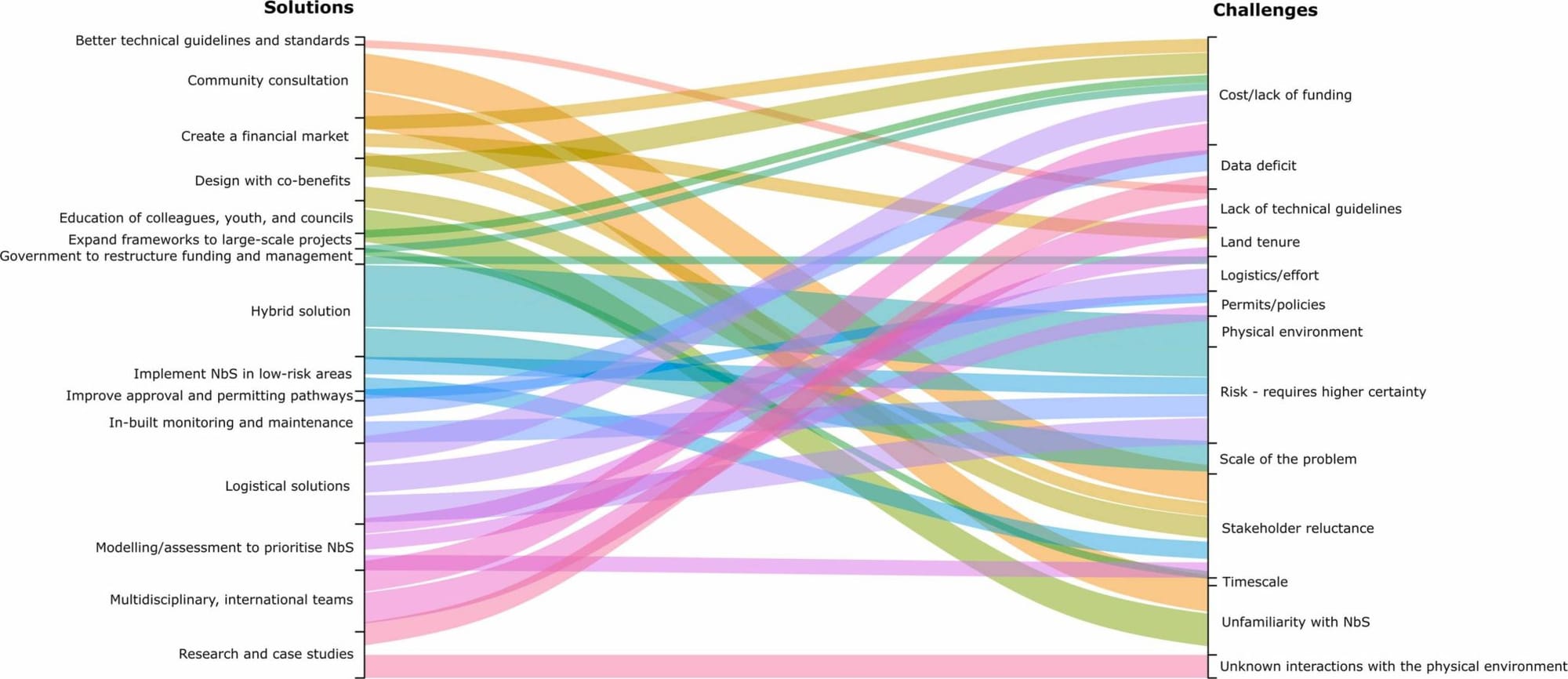
From Deforestation to Renewal, with People at the Root
Sociologist Thomas Rudel wants you to forget the fairy tale of forests magically regrowing. In a wide-ranging interview, he argues that reforestation is driven by people—smallholder farmers, Indigenous communities, and grassroots partnerships that actually get trees in the ground. Top-down pledges? Often too disconnected to deliver. His takeaway: forests return when we empower the right people to protect and replant them.
💬 Is global reforestation still too much bark and not enough grassroots?
👉👉 Read the full interview at Mongabay
New Global Map Challenges Tree-Planting Bias in Restoration
A new study in Nature Communications maps Earth's potential natural vegetation cover—trees, grasses, and bare ground alike—revealing that reforestation isn’t a one-size-fits-all solution. Researchers argue that restoration must respect regional ecosystems and natural dynamics like fire and grazing, rather than blindly defaulting to trees. The real enemy? Misguided good intentions that risk harming biodiversity and community land rights.
💬 Are tree-planting campaigns overlooking nature’s own blueprint?
👉👉 Read the full study in Nature Communications
Aspen Impedes Wildfire Spread in the Southwestern US
A 314-fire analysis across the southwestern US confirms what many foresters suspected: aspen stands act as natural firebreaks. Areas with more than 25% aspen cover saw daily fire growth drop by two-thirds compared to conifer-dominated zones, with slower spread rates even under extreme fire weather. The study suggests managing landscapes to favour aspen—or letting wildfire-driven conifer-to-aspen conversion run its course—could help buffer communities and infrastructure while maintaining forest function.
💬 Could strategic aspen management be a low-tech, high-impact tool in adapting to a hotter, drier fire future?
👉👉 Read the full study in Ecological Applications
Tropical Biodiversity Loss Is Worse Than We Thought
A massive field study of nearly 1,000 bird species across 13 Colombian regions reveals a grim reality: local-scale assessments are severely underestimating biodiversity loss from land-use change. At the pan-national level, species declines were about 60% worse than regional estimates, driven by biotic homogenization as cattle pasture replaces diverse tropical forests. The findings warn that current methods may be giving policymakers a dangerously optimistic view of the tropics' ecological health.
💬 If local-scale studies are missing most of the damage, how many of our global biodiversity targets are built on sand?
👉👉 Read the full study in Nature Ecology & Evolution

Edited by Chris Harris

This work is licensed under a
Creative Commons Attribution 4.0 International License.


